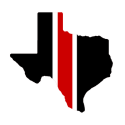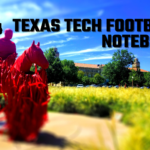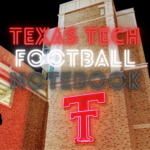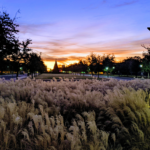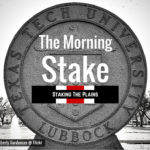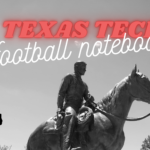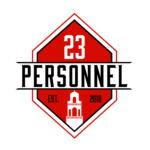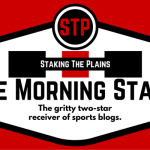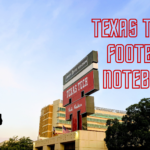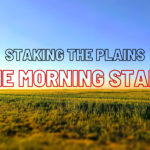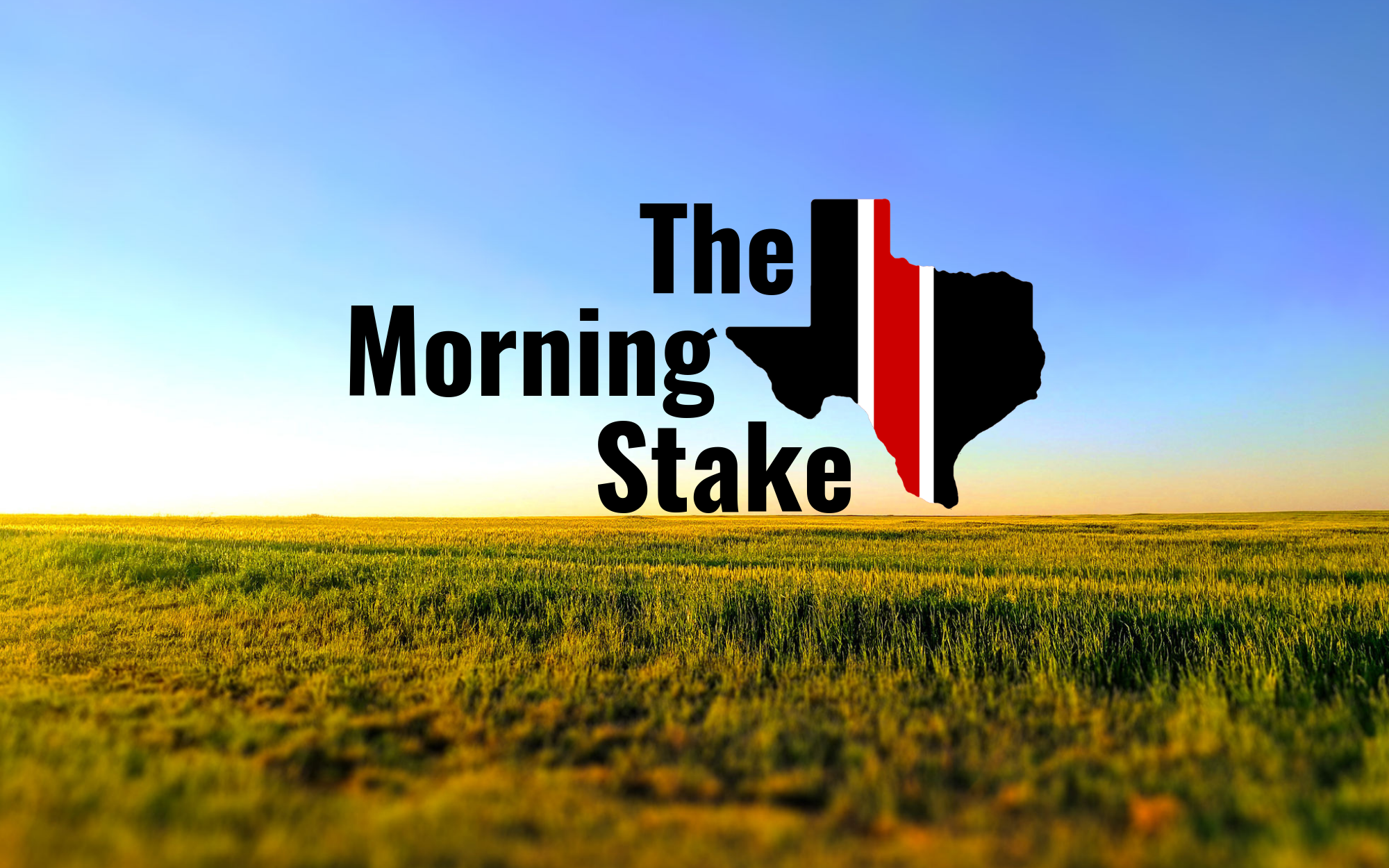 Lubbock In The Loop. Check out Lubbock In The Loop for a list of Lubbock restaurants that offer curbside delivery. Lubbock In The Loop. Check out Lubbock In The Loop for a list of Lubbock restaurants that offer curbside delivery. |
When I sat down to start working on this, yesterday evening, I realized that I had a ton of “what if” sort of articles and I thought I’d share all of them. Everything from what the contingencies are with . . . well . . . everything. Let’s start with SI’s Ross Dellenger and Pat Forde who cover everything from the optimism to the disaster. These reporters ask 9 questions of the people who make decisions, mainly the athletic directors. This is a long read, but worth your time.
The question that we’re all probably wondering is what happens when a player tests positive for COVID-19 and AL’s John Talty asks that question:
Zachary Binney, an epidemiologist at Emory University, believes a team could successfully stymie the spread of one positive case through testing and quarantining. But anything more than that could be too much.
“If you start seeing 3-4 cases on a team, you couldn’t isolate just those sick players,” Binney said. “You’d have to assume you had widespread transmission within the team, and you’d need to shut that team down and quarantine everyone for two weeks.”
But that’s not the only answer, there’s a lot that goes into this decision and this goes into the idea of doing test and trace when a player tests positive:
One plan UAB is considering is to initially allow the student-athletes who live in apartments to return to campus first to avoid the dorm issues. Then, the student-athletes would quarantine by themselves in their apartments for a period of time, possibly a week, and be expected to answer a short questionnaire daily on any possible exposures to the virus. When someone inevitably tests positive, Ingram says they’ll quarantine the player and then try to backtrack to identify all of the people that player came in contact with, from the other players in his position group to the people with lockers next to him to anyone who worked out near him in the weight room.
I think what you’ll see is massive testing on a near daily basis.
USA Today’s Steve Berkowitz details how Iowa State has brought back 15 athletes to work through some protocols of how things would work when athletes do return:
or opening last week, Coberley said that on the mornings of appointment days, all athletes received an electronic screening questionnaire that included whether the athlete was experiencing any of the recognized COVID symptoms and whether the athlete had traveled anywhere. And it was made clear: No response, no rehab. If any athlete had reported anything unusual, they were to have been put in contact with a team physician.
When an athlete arrived at the building, they were met at the door by a member of the staff, given a temperature check, personal protective equipment and then allowed in.
The rehab work involved one athlete per clinician per hour. Normally, Coberley said, his staff would work with 15 athletes in the first hour of a day.
“One thing we really learned is that we will have to phase all of the athletes back in,” Coberley said. “Bringing in all 120 football players would overwhelm our capabilities.”
Last, but not least, this isn’t college football related, but long-time NBA beat-writer, NY Times’ Marc Stein looks at the NBA coming back and Stein tackles something that I’m personally struggling with, which is the liability for the safety issue, especially in the college ranks where players are not paid. For the NBA, this is a money vs. safety equation that isn’t necessarily as easy on the collegiate level:
Silver told players that game-night income from fans accounts for roughly 40 percent of the league’s annual revenue, drawing focus to concerns about the financial consequences of a canceled season — how that would affect the salary cap, free agency, future earnings and the very existence of the current collective bargaining agreement. The gravity of Silver’s statement, with no one in the league expecting to see fans in its buildings before 2021 at the earliest, needed little elaboration.
Yet the money vs. safety calculus is as tricky as it gets. Critics will say that the N.B.A. is irresponsible in hurrying to come back before there is a significant medical development to combat the coronavirus. Defenders will counter by pointing out that there’s little benefit to waiting for a comeback when the conditions may be no more favorable in the winter than they are in the summer or fall.
Silver stressed to the players that no decisions have to be made before June 1 — that there’s still time — but the clock’s ticking will surely get a lot louder for everyone the closer we get to July.
The other thing that I’ve considered that isn’t about the team or the players, but about fans who attend sporting events. What happens when a fan sues the institution because it wasn’t as clean as they thought that it should be and they claim they caught COVID-19 at the event? The institution gets sued for some sort of cause of action (negligence or something to this effect) and now it’s a whole new world. It seems as if there’s some sort of assumed risk if someone attends an event in today’s day and time, but would I put it past a person to do this? No, I would not. Damned lawyers.
![]()
Texas Tech wide receiver Erik Ezukanma gets the “in my words” treatment and he talks about how important his mother is to him:
See, I have one hero in my life and that’s my mom. With Mother’s Day only being this past Sunday, I feel it’s important to share everything she has done not only for me but my brothers and sisters, too.
My mother is my motivation to make it to the next level. She has single-handedly supported me and my six other siblings since we were young, working literally from 7 a.m. until 7 p.m. as a nurse almost every day to support us.
Even in the midst of the crisis we are facing, she is bravely going to work every day, not only to provide for her family but to help others. I’m back home now, spending time with her and the rest of my family until it’s safe for us to return back to campus. Like everyone else, I can’t wait for that day.
![]()
Here are some tweets.
Flashing back to some #Big12BSB Tournament action for the weekend rewatch!
🔴#WreckEm⚫️ pic.twitter.com/dRpdxBsfDR
— Texas Tech Baseball (@TTU_Baseball) May 14, 2020
We led the Big 12 with two @CoSIDAnews Academic All-District selections! 🙌
Congratulations to @karlihamiltonn and @shelbshenderson!
🔴#WreckEm⚫️ pic.twitter.com/Lfsz9ON0EF
— Texas Tech Softball (@TexasTechSB) May 14, 2020
One of four DI programs in the 𝐧𝐚𝐭𝐢𝐨𝐧 with 3+ Academic All-District selections.
Not bad company either. ⤵
Congrats to Clayton, Braxton and Brian!
🔴#WreckEm⚫️ pic.twitter.com/5GanKMO40N
— Texas Tech Baseball (@TTU_Baseball) May 14, 2020
🎥: @moraeh315 checked in to let us know how she’s doing in back home in Oregon!
🔴#WreckEm | #UnitedAsOne⚫️ pic.twitter.com/mGNmj8UymY
— Texas Tech Softball (@TexasTechSB) May 14, 2020
